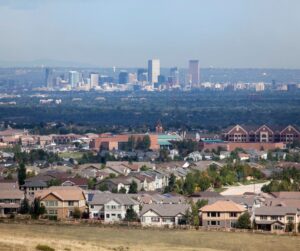
Your mental health is just as important as your physical health, and adequate insurance coverage is crucial to ensure you can access the mental health care you need in Colorado.
Understanding the Significance of Mental Health Coverage
Mental health issues can affect anyone at any time. From stress and anxiety to more severe conditions like depression and bipolar disorder, mental health concerns can impact your quality of life.
Reviewing Your Current Insurance Plan
To ensure your insurance plan supports your mental health, look for the following elements:
- Mental Health Services: Check if your plan covers mental health services like therapy sessions, counseling, and psychiatric consultations.
- In-Network Providers: Determine whether a network of mental health professionals is available to you through in-network providers.
- Coverage Limits: Understand coverage limits, such as a maximum number of therapy sessions per year or annual limits on mental health benefits.
- Prescription Coverage: Ensure that your plan covers the necessary prescriptions.
- Emergency Services: Verify that your plan includes coverage for mental health emergencies, including hospitalization and crisis intervention.
Advocating for Coverage
If you find that your current insurance plan lacks sufficient mental health coverage, there are steps you can take:
- Contact Your Provider: Contact your insurance provider to inquire about supplemental plans.
- Employer-Sponsored Plans: If you have insurance through your employer, discuss your concerns with your HR department for options.
- Consider Alternative Plans: Explore alternative insurance plans specializing in mental health coverage or broader wellness benefits.
- Community Resources: Seek out community resources that can assist, such as local mental health clinics or support groups.
Aspen Gold Insurance Brokers Can Help You
At Aspen Gold Insurance Brokers, we can answer all your questions concerning health insurance and your specific needs. We are licensed in Colorado, Arizona, Texas, Montanta, Kansas, Ohio, Florida and Tennessee. Contact our experienced insurance agents today.


































